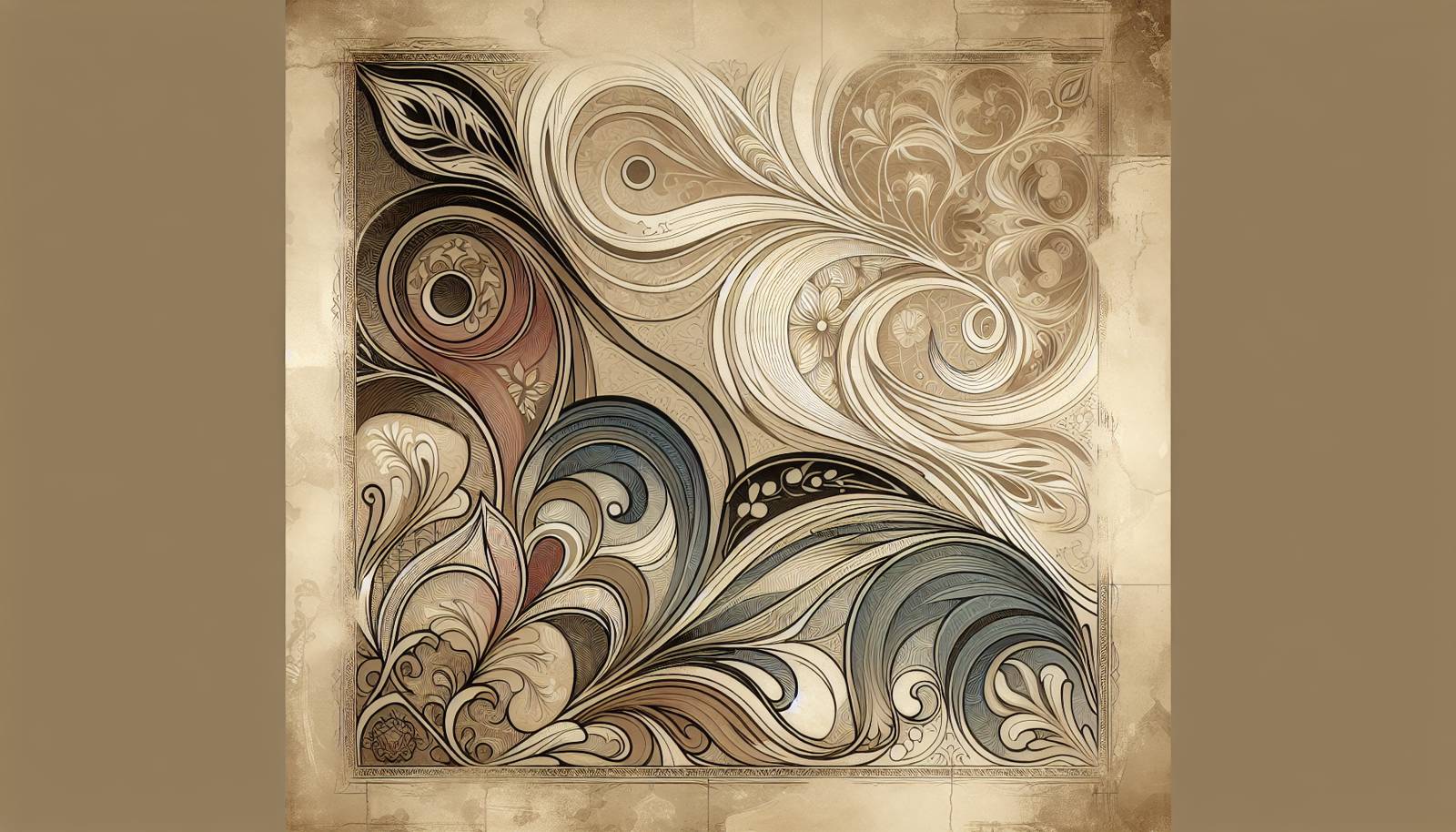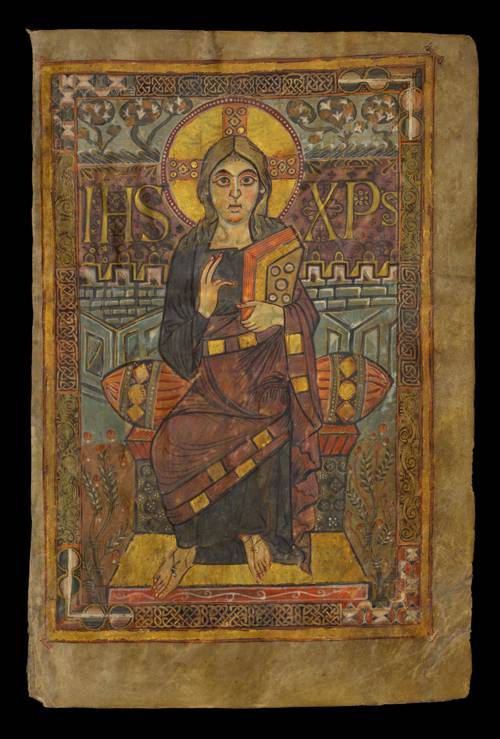
FAQ About The Role of Illustrated Manuscripts in History

What are illustrated manuscripts?
Illustrated manuscripts are texts supplemented with decorative elements such as borders, miniature illustrations, or initials. They are often referred to as 'illuminated manuscripts' because of the use of gold or silver, which gave the appearance of the page being lit or illuminated.

When did illustrated manuscripts first appear?
The tradition of illustrated manuscripts dates back to the late Roman Empire, but it reached its peak during the Middle Ages, particularly from the 8th to the 15th centuries in Europe.

What was the purpose of illustrated manuscripts?
Illustrated manuscripts primarily served religious, educational, and political purposes. They were used to spread religious doctrine, educate the elite, record historical events, and demonstrate the power or legitimacy of a ruler.

How did illustrated manuscripts influence art?
Illustrated manuscripts greatly influenced the development of art, especially medieval art. They introduced various techniques and styles, such as the use of vibrant colors, intricate designs, and detailed human and animal figures, which later influenced Renaissance art.

What materials were used in illustrated manuscripts?
Materials commonly used in illustrated manuscripts included parchment or vellum made from animal skins, inks made from natural substances, and gold or silver leaf to add 'illumination'. These materials were chosen for their durability and ability to hold vibrant colors.

Who were the creators of illustrated manuscripts?
Illustrated manuscripts were primarily created by skilled scribes and artists, often in monastic settings. Monks in medieval scriptoriums were responsible for writing and illustrating these manuscripts, although lay artists in workshops later became common.

What is the significance of gold and silver in illustrated manuscripts?
Gold and silver were used in illustrated manuscripts to create a sense of divine light and opulence. The reflective qualities of these metals were symbolic of spiritual enlightenment and were used to highlight significant portions of text or illustrations.

How did illustrated manuscripts facilitate cultural exchange?
Illustrated manuscripts often contained knowledge, stories, and artistic styles from different cultures, facilitating the exchange and spread of ideas across regions and societies. They were valuable trade items and gifts among nobility and scholars, helping to disseminate cultural knowledge.

In what languages were illustrated manuscripts typically written?
Most illustrated manuscripts were written in Latin, the scholarly and ecclesiastical language of Western Europe during the Middle Ages. However, as literacy spread, they were also produced in vernacular languages such as English, French, and German.

Why are illustrated manuscripts important for historical research?
Illustrated manuscripts are vital historical resources. They provide insights into the religious, political, and social dynamics of past societies. As primary sources, they offer original records of historical events, cultural traditions, and artistic achievements.

How were illustrated manuscripts made?
The creation of illustrated manuscripts was a labor-intensive process involving several stages: preparation of the parchment, writing of the text, design and creation of the illustrations, and binding of the pages into a book. Each stage required skilled craftsmen and took months or years to complete.

What are some famous examples of illustrated manuscripts?
Notable examples of illustrated manuscripts include the Book of Kells, the Lindisfarne Gospels, and the Très Riches Heures du Duc de Berry. These works are renowned for their intricate artistry and historical significance.

How did illustrated manuscripts survive over time?
Illustrated manuscripts have survived due to careful preservation by religious institutions, private collectors, and libraries. The durable materials used in their creation, such as parchment and gold leaf, also contributed to their longevity.

What are the distinguishing features of illuminated manuscripts?
Illuminated manuscripts are distinguished by their lavish decoration and embellishments. Common features include elaborate initials, miniature border scenes, and narrative illustrations that bring the text to life visually.

How did the invention of the printing press affect illustrated manuscripts?
The invention of the printing press in the mid-15th century drastically reduced the demand for hand-copied illustrated manuscripts. However, it did lead to a brief period of hand-illuminating printed books before such embellishments became too costly.

What role did the Church play in the production of illustrated manuscripts?
The Church played a central role, as many illustrated manuscripts were religious texts produced in monasteries. The Church's patronage ensured the production of these works, which were used for teaching and liturgical purposes.

Why did illustrated manuscripts use vibrant colors?
Vibrant colors in illustrated manuscripts were used to attract attention and emphasize narrative elements. The colors had symbolic meanings and were often derived from expensive, rare pigments, which also demonstrated the manuscript's value and importance.

Are there any secular themes in illustrated manuscripts?
While many illustrated manuscripts are religious, there are secular examples, including scientific treatises, classical literature, and legal documents. These secular works often celebrated the patron's wealth, power, or knowledge.

How have illustrated manuscripts influenced modern art and media?
Illustrated manuscripts have influenced modern art, illustration, and design. Their intricate patterns, use of color, and compositional techniques can be seen in contemporary book designs, films, and animation. Artists often draw inspiration from these historical works.

Where can one view illustrated manuscripts today?
Illustrated manuscripts can be viewed in various museums, libraries, and archives worldwide, such as the British Library, the Vatican Library, and the Getty Museum. Many institutions also offer digital access to collections, making these works accessible to a broader audience.
